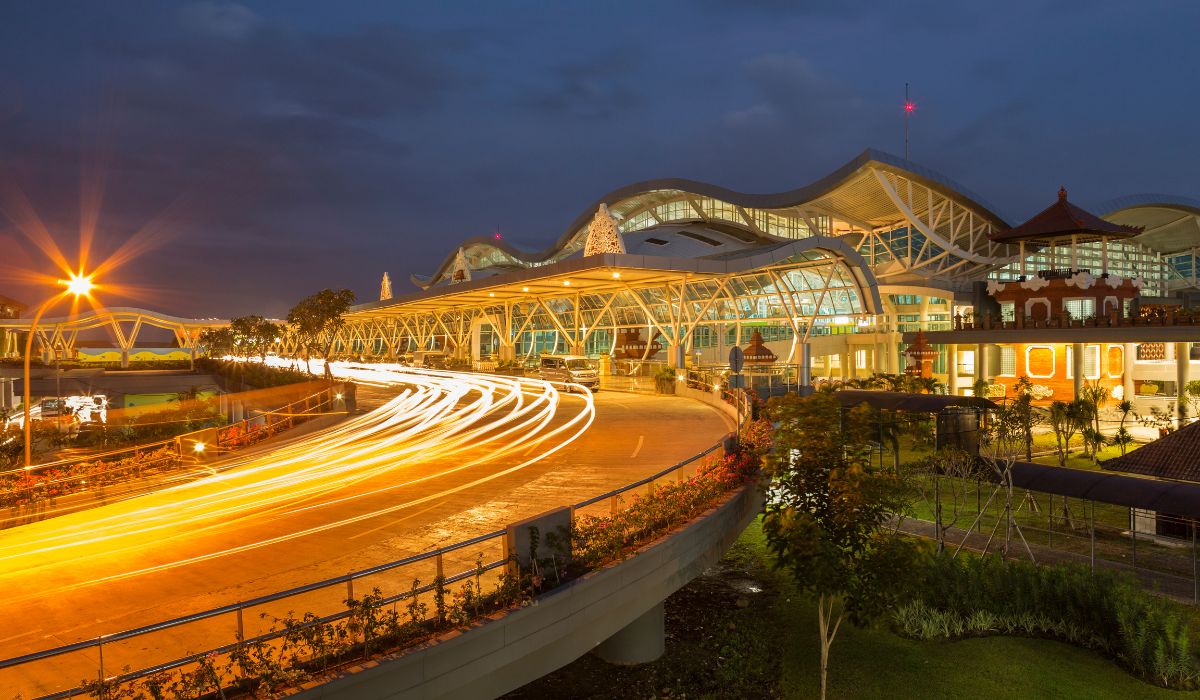Mexico City International Airport, also known as Benito Juárez International Airport, is the busiest airport in Mexico and one of the largest in Latin America. It is located in Venustiano Carranza, a district of Mexico City, about 13 kilometers east of the historic center. Following is information about runway length, opening and closing times:
MMMX / Lic Benito Juarez International Airport
- Elevation – 7316 ft.
- Fuel – Avgas and Jet A1 Available
- Airport of Entry – Yes
- Fire Category – 9
- Customs – Yes
- Slots Required – Yes
- Handling Mandatory – Yes
- Airport Operating Hours – Published H24
- Airport Control Tower Hours – Published H24
- Landing Permit – Required (Single Entry / Multiple Entry)
The airport is named after Benito Juárez, a Mexican lawyer and politician who served as the country’s president in the 19th century. It has two main terminals: Terminal 1 and Terminal 2. Terminal 1 is used mostly by domestic flights and some international flights, while Terminal 2 serves primarily international flights.
The airport is a hub for Aeroméxico, Mexico’s largest airline, and a focus city for several other airlines including Interjet and Volaris. It handles more than 40 million passengers annually and offers flights to more than 100 destinations around the world.
One of the main features of the airport is its architecture. Terminal 1 was designed by Mexican architect Ricardo Legorreta and features bright colors and open spaces. Terminal 2 was designed by Norman Foster and has a more modern, sleek design. Both terminals offer a variety of restaurants, shops, and services for travelers.
Mexico City airport has undergone several upgrades and expansions over the years, including the addition of a new runway in 2020. It has also implemented several measures to ensure the safety and security of passengers, such as advanced screening technology and a comprehensive security system.
One potential downside of the airport is its location. It is situated in a densely populated area of the city, which can lead to traffic congestion and longer travel times. However, the airport is well-connected to the rest of the city via public transportation, including a subway line and several bus routes.
In conclusion, Mexico City International Airport is a modern and efficient airport that serves as an important hub for travel throughout Mexico and Latin America. With its striking architecture, ample amenities, and commitment to safety, it is a top choice for travelers visiting the region.
If you’re planning a trip to Mexico City and need up-to-date information about the airport, the Icarus Jet Trip Support Team is here to help. Our experienced and knowledgeable team can provide you with all the information you need to know about the Mexico City International Airport, including flight schedules, terminal information, customs procedures, and more. We understand how important it is to have accurate and timely information when traveling, and our team is dedicated to providing you with the support you need to have a seamless and stress-free experience. Contact us today to learn more about our services and how we can help you with your upcoming trip to Mexico City.




